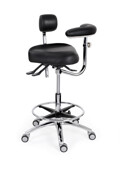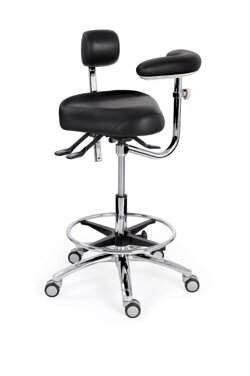
|
|
Testimonials
“Over the past several months I have become familiar with the products and services of Back Quality Ergonomics. I also purchased one of their stools for use in a clinical setting. What caught my attention initially was the quality craftsmanship. In conversations with the principals in the company and the sales team I was delighted by their ability to succinctly describe the ergonomic benefits of their products and the many features that fit multiple positions and body heights.”
Dr. J. Michael Flynn DC
1st Vice President WFC
Past Chairman of the Board ACA
BQ Ergonomics LLC
11888 West 91st Street
Overland park, KS 66214
Office: 877.938.9034
